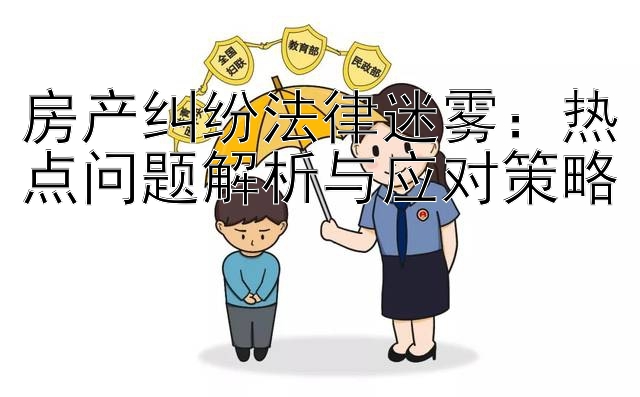全球艺术品市场的法律迷雾:交易中的适用规则与鉴定义务
在全球化的今天,艺术品的交易已经跨越了国界和文化的界限,形成了一个庞大的市场。然而,随着交易的频繁和复杂化,艺术品市场中涉及的法律问题也日益凸显出来。本文将探讨全球艺术品市场中的法律框架、交易过程中的适用法律、买方的鉴定义务以及相关的案例分析。
1. 全球艺术品市场的法律框架
全球艺术品市场的法律框架主要由国际公约和国内法两部分组成。在国际层面,《联合国贸易法委员会仲裁规则》(UNCITRAL Arbitration Rules)为解决艺术品交易争端提供了普遍接受的准则。在国内层面,各个国家都有自己的艺术品交易法律法规,例如美国的《联邦文物法案》(Federal Antiquities Act)、英国的《文化遗产保护法》(Heritage Protection Act)等。这些法规对艺术品的进出口、税收、所有权转移等方面进行了详细的规定。
2. 交易过程中适用的法律
在跨国的艺术品交易中,通常会涉及到合同法和国际私法的交叉领域。合同双方需要在买卖合同中明确约定适用的法律,以便在发生争议时有一个明确的法律依据。如果没有特别约定,那么法院或仲裁机构可能会根据冲突规范确定应该适用的法律。此外,许多国家的法律规定,即使合同中有关于适用法律的条款,某些特定事项可能仍受买卖地当地法律的管辖,如税费缴纳和消费者权益保护等问题。
3. 买方的鉴定义务
作为艺术品交易的参与者之一,买家通常被认为负有基本的鉴定义务。这包括对艺术家身份、作品真实性、创作日期等方面的调查和确认。如果买家没有尽到合理的注意义务而购买了赝品或者存在其他问题的艺术品,他们可能在维权方面面临困难。因此,买家在进行购买前应进行充分的尽职调查,并寻求专业意见以减少风险。
4. 相关案例分析
(a) 美国
In the case of Koeppel v. Mastrianno, a buyer sued a seller for fraud after discovering that an artwork purchased at auction was not authentic as represented by the seller. The court held that while buyers have some responsibility to investigate the authenticity of works they purchase, sellers also have a duty not to misrepresent material facts about the artworks they sell. In this case, the seller's representations were found to be fraudulent, and the buyer was awarded damages.
(b) 英国
In England, there is a well-known case involving the sale of a painting purportedly by Vincent van Gogh. The buyer later discovered it was a fake and sought to rescind the contract on grounds of misrepresentation. The Court of Appeal ruled in favor of the buyer, finding that although the buyer should have conducted more thorough due diligence before making such an expensive purchase, the seller had breached its duty of care in representing the painting as genuine without verifying its provenance properly.
综上所述,全球艺术品市场的法律环境错综复杂,交易各方都需要了解并遵守相关法律法规。买家尤其需要注意其自身的鉴定义务,以确保所购得的艺术品真实可靠。同时,卖方也有责任提供准确的信息,避免误导买家。通过以上案例的分析可以看出,法庭在处理这类纠纷时会综合考虑双方的举证情况和行为合理性,从而做出公正的裁决。







